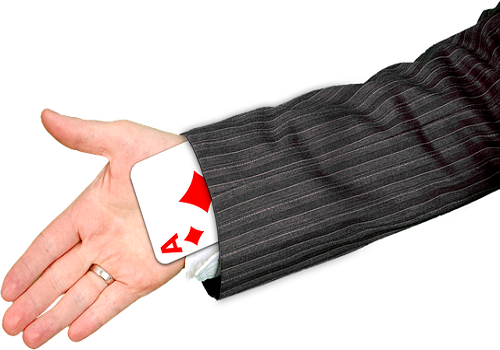
Landing Page Optimization Tips and Tricks
Landing pages differ from standard websites in the sense they have one primary goal: to generate sales or conversions. While other websites are used to establish authority, create greater brand awareness, convey content, etc., a landing page is used strictly for sales and conversions.
As a result, optimizing it requires a slightly different approach, which is something that we’re going to discuss in today’s blog post.
Keep Links to a Minimum
Linking to other relevant pages — internally and externally — is a great way to provide real value to your site’s visitors. But when designing a landing page, it’s recommended that you keep them a minimum. For each link that you include on your landing page, there’s one more outlet for a visitor to leave without taking action. Unless the link is used to guide visitors to the sales or checkout page, it’s probably best to omit them from your landing page.
Make Your CTA Stand Out
Arguably, the single most important element of a landing page is the call-to-action (CTA). This is the button that visitors must click in order to tack action (hence the name). As such, it’s paramount that you make it highly visible and easy for visitors to see. This can be done by using a contrasting color scheme, such as a red-colored CTA button alongside a white background. You can even go one step further by implementing some animated gifs like flashing arrows to draw more attention to the CTA.
Above or Below the Fold: Which to Choose?
It’s an unwritten rule of sorts that CTAs should be placed above the fold on a landing page, meaning visitors can see them without having to scroll. While conventional wisdom may lead you to believe that this is the best area, studies have been somewhat conflicting. Sometimes placing the CTA above the fold yields more conversions, but other times it does not. The only way you’ll know whether or not it’s beneficial for your landing page is by conducting an A-B split test. Run two different landing page variants side by side, one with the CTA above the fold and another with the CTA below the fold, to see which one outperforms the other.
Test Your Landing Page Before Making it Live
It’s always a good idea to test your landing page before making it live. Running a paid advertisement campaign with a broken landing page could cost you big bucks. This problem is easily avoided, however, by going through the sales funnel process to ensure that visitors can purchase the advertisement item on your landing page or take the desired action (e.g. sign up for newsletter). Leaving out a single character when inserting the URL for your CTA, for instance, may send users to a blank 404 error page — something you don’t want to happen, especially when running paid ad campaigns.
Have any other landing page optimization tips that you would like to share with our readers? Let us know in the comments section below!


My advice is to use short CTA forms – nothing long and too time-consuming.
Never discontinue testing and never stop asking for feedback on your site.
These are all great tips. I also agree with not having too long of a CTA form.